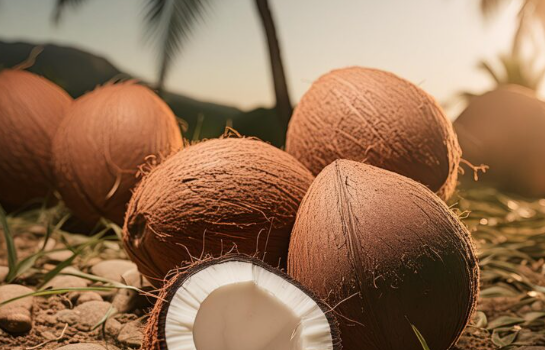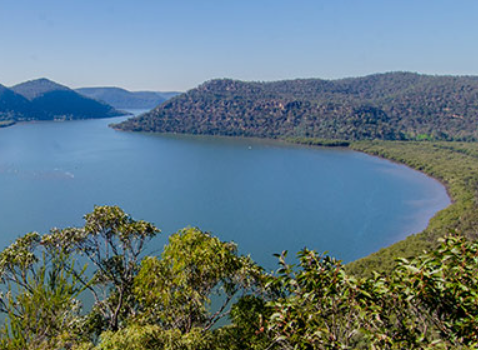
When we head out on our local adventures, we always bring our dogs along. Whether it’s hiking or extended day trips, having a way for them to carry their own supplies is essential. That’s where a dog backpack like the Kurgo Baxter comes in. Over the years, we’ve found this pack to be an invaluable tool for our outdoor trips, and it’s been a great fit for both our dogs.
What Makes a Good Dog Backpack?
Before diving into the specifics of the Kurgo Baxter, let’s go over the key features we look for in any dog backpack:
- Fit: A well-fitted pack is crucial for comfort. Look for adjustable straps and a good harness system.
- Durability: Dogs are tough on gear, so we prioritize sturdy materials and design.
- Adjustability: Dogs come in various shapes and sizes, so flexibility in fit is a must.
- Capacity: While dogs don’t need the same packing space as humans, it’s essential that the pack can carry their food and water for the day.
- Visibility: Bright colors help us spot our dogs quickly, especially in the event that they wander off.
Review of the Kurgo Baxter Dog Backpack
The Kurgo Baxter is a saddlebag-style pack designed for dogs weighing between 30-85 lbs. With a 3.75-liter capacity, it’s spacious enough for a couple of days’ worth of food and water, though it’s on the smaller side for larger dogs. The Baxter comes in vibrant colors—red, blue, and orange—which helps keep our dogs visible on the trail. It also includes features that enhance both functionality and comfort for our furry companions.
- Capacity: 3.75 liters
- Fit: Adjustable to fit dogs of various shapes and sizes (30-85 lbs)
- Material: 300D and 400D polyester, durable nylon straps
- Key Features:
- Four pockets for gear storage
- 9 adjustable points
- Rear leash attachment point
- Top handle for added control
- Reflective trim for visibility
- Available in bright colors: red, blue, or orange
- MSRP: $57.99 (often cheaper on Amazon)
Fit and Adjustability
The Kurgo Baxter stands out in terms of fit, thanks to its 9 points of adjustment. This allows the pack to fit dogs of different sizes comfortably, even when there’s a big size difference between two dogs. Adjusting the pack can take a bit of time, but once it’s set, it stays secure and snug. We’ve been able to use the same pack for both Phoenix and Kota, even though Phoenix is much larger.
The harness system includes a Y-strap over the shoulders and additional straps around the chest and waist. This design ensures a tight and comfortable fit while distributing weight evenly. The back panel is contoured and padded, made with breathable nylon mesh to help keep our dogs cool. They seem to enjoy wearing the pack, and neither of them shows any signs of discomfort during our hikes.
The rear leash attachment is also convenient, allowing you to control your dog easily when needed. The top handle provides additional control, especially if you need to guide your dog past obstacles or keep them close in crowded areas.
Capacity and Storage
The 3.75-liter capacity might feel a bit limited for long-distance hikes, but it works perfectly for day trips. We’ve managed to pack food and water for a couple of days with no issues. There are four pockets in total, which provide great organization options. The larger pocket holds food, and the smaller ones are perfect for flat items or accessories like poop bags and a leash. The pack also has two loops for attaching collapsible bowls or other small items, making it easy to stop for water breaks on the trail.
For larger dogs or those capable of carrying more weight, the Big Baxter might be a better option as it offers double the capacity of the regular version.
Durability, Color, and Style
The Kurgo Baxter comes in bright colors, which is a huge plus for visibility. We’ve always opted for the red and blue versions for our dogs, and the reflective trim provides added peace of mind. The colors also help us quickly identify our dogs in the wilderness, especially if they ever get off leash.
The pack’s design is slim and fits close to the body, minimizing any risk of snags on brush or branches. This reduces wear and tear, and it seems to be holding up very well so far. We haven’t had any issues with durability, but time will tell as we continue to use it on various trips.
Final Thoughts
Overall, the Kurgo Baxter is a great dog backpack that combines comfort, durability, and convenience. It fits well, is easy to adjust, and offers sufficient capacity for day hikes. While the load capacity may not be suitable for extended trips with larger dogs, it’s perfect for short outings or weekend adventures. If you’re looking for a reliable and functional dog pack, the Kurgo Baxter is definitely worth considering.













Comments